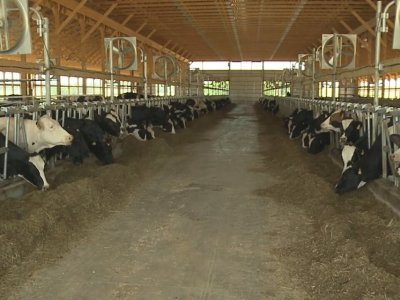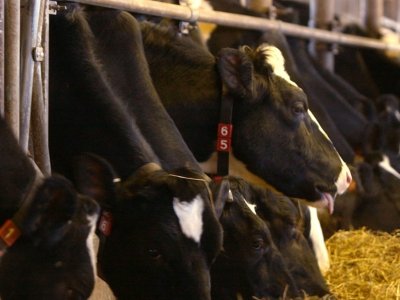
Nitrous oxide (N2O) – a greenhouse gas contributing to climate change-- has a warming effect 300 times greater than carbon dioxide (CO2) and is mostly emitted from soils. According to a recent study in the U. S. corn belt, the warming effect of direct nitrous oxide (N2O) emissions is twofold the reduction due to soil carbon gains achievable from agricultural practices changes (Lawrence et al. 2021). A recent analysis also reveals an emerging N2O–climate feedback resulting from interactions between nitrogen additions and climate change (Tian et al., 2018). As N2O rapidly emerges as one of the most influential greenhouse gases, it also becomes clear that our understanding and quantification of global soil N2O emissions and the underlying processes controlling them remain largely uncertain (Tian et al., 2019, Butterbach-Bahl et al. 2013).
Mitigation of N2O emissions will hinge on our ability to quantify, predict and manage soil emissions, which in turn depends on understanding the underlying processes controlling them. N2O emissions are fast and ephemeral, and change spatially due to the presence of microsites, changes in soil water, nitrogen distribution, soil microbial community, and soil oxygen concentration. In addition, the magnitude of the variability of N2O emissions is several orders of magnitude of average year emissions (Butterbach-Bahl et al. 2013; Saha et al. 2017a; 2017b; 2018). The difficulty in measuring and recording N2O emissions is well documented in the scientific literature and their evanescent nature is reflected in the names ‘hot spots’ and ‘hot moments’. Furthermore, current field-scale N2O emissions monitoring systems are based on discrete time measurements (static chambers), and continuous N2O monitoring systems such as eddy covariance systems are only available for large uniform flat areas and a with significant cost and technological barriers. Current biogeochemical models can predict the most probable location and time window where these ‘hot spots’ and ‘hot moments’ may occur, as our group has demonstrated (Saha et al. 2017a; 2017b; 2018), but large uncertainty in predictions of magnitude and duration of N2O emission events makes them impractical for accurate quantification of N2O emissions.
High-resolution data of N2O emissions is needed to improve the basic understanding of the ecological foundations controlling N2O emissions, improve models currently available, and better upscale emissions estimates. The solution we propose is an innovative, truly continuous N2O monitoring system that will enable truly continuous N2O flux sensing. Continuous records of N2O emissions can be used to improve nutrient cycling and ecosystem models, train machine learning algorithms, and to better understand N2O dynamics. This can also be coupled with research on soil microbial community function to better constrain fine-scale biogeochemical dynamics controlled at the microbial or water-film scale. Critically, the system can be the basis for a carbon credit trading system that relies on accurate documentation of N2O emission reductions through climate-smart agricultural practices.
Resulting Funding
USDA Partnerships for Climate-Smart Commodities, "Climate-Smart Agriculture that is Profitable, Regenerative, Actionable and Trustworthy", 2022, $25,000,000.










